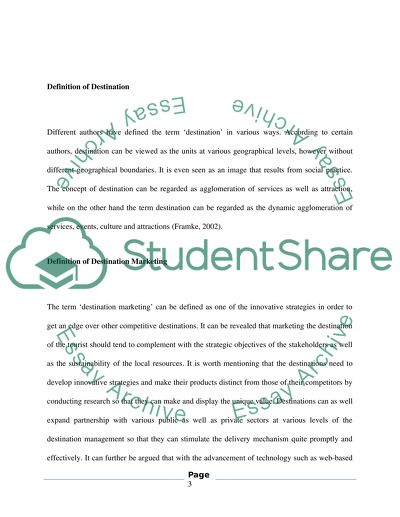Cite this document
(“Destination Marketing Essay Example | Topics and Well Written Essays - 2500 words”, n.d.)
Retrieved from https://studentshare.org/environmental-studies/1417547-destination-marketing
Retrieved from https://studentshare.org/environmental-studies/1417547-destination-marketing
(Destination Marketing Essay Example | Topics and Well Written Essays - 2500 Words)
https://studentshare.org/environmental-studies/1417547-destination-marketing.
https://studentshare.org/environmental-studies/1417547-destination-marketing.
“Destination Marketing Essay Example | Topics and Well Written Essays - 2500 Words”, n.d. https://studentshare.org/environmental-studies/1417547-destination-marketing.


